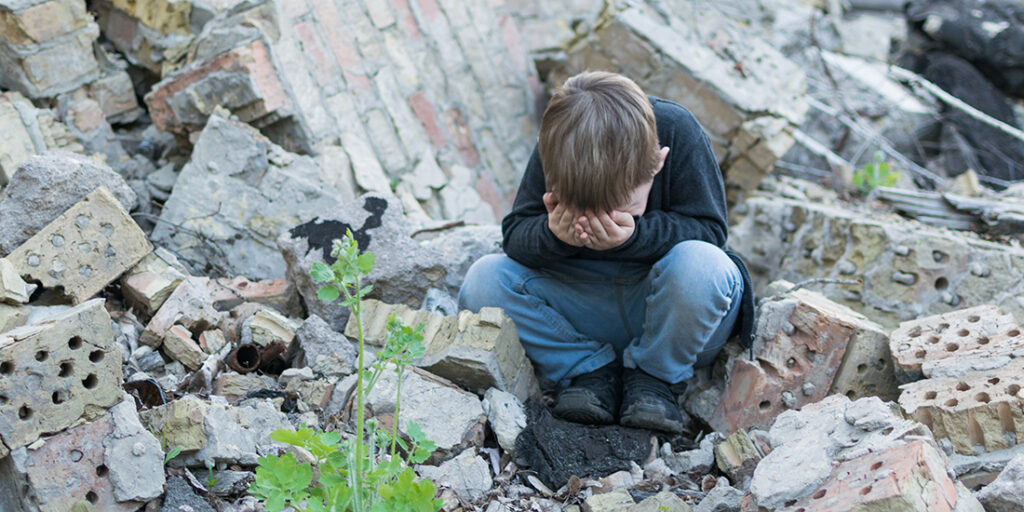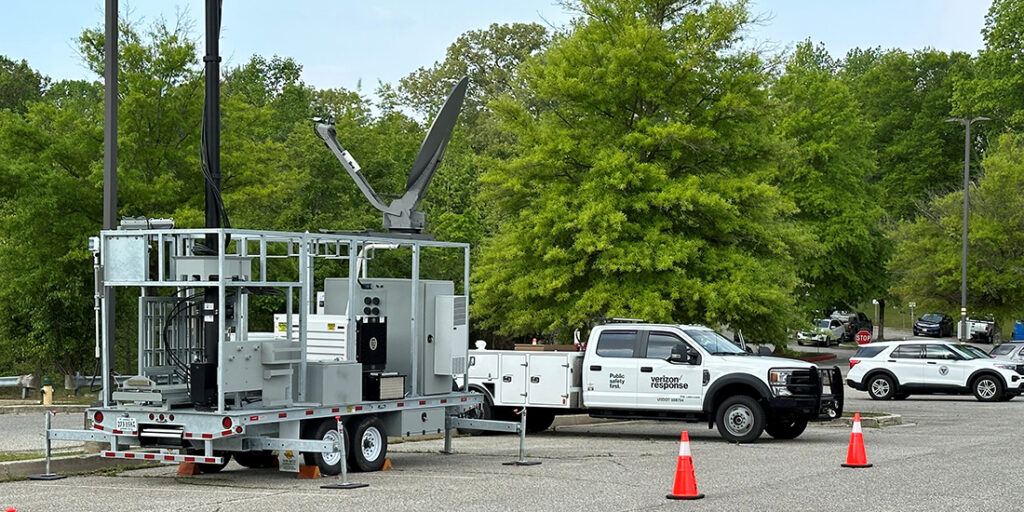EMERGENCY MANAGEMENT

Managing Animal Loss: Emergency Carcass Operations
- Joshua Dise and Marshal Wilson
Carcass management is rarely top of mind for emergency managers, but during mass animal deaths, it tests preparedness, coordination, and public trust. Including it in all-hazards planning closes a critical gap and boosts community resilience.
MOST Recent

Caring for the Affected at Family Assistance Centers
Jennifer Stansberry Miller
May 28, 2025
In moments of crisis, a well-executed family assistance center can offer clarity, connection, and compassion that victims’ families and survivors need to begin making sense of loss and change. Family assistance centers provide resources for support services, updates on victim identification, assistance with repatriation of remains, and reunification efforts. Discover

Meeting the Psychosocial Needs of Child Survivors
Emily Heard
May 21, 2025
Without adequate support and resources, disasters can leave lasting psychological effects on children. In the United States, an estimated 14% of children experience a natural disaster during childhood. Providing psychosocial support is essential in helping them cope with these challenges, thereby building resilient communities.

Not Lost in Translation: A Multilingual Corps Approach
Diana Sanchez-Vega
May 14, 2025
Disaster survivors and responders often face psychological hazards like acute stress disorder, depression, and post-traumatic stress. These issues are worsened in multilingual communities, where language barriers hinder communication and delay aid. Effectively addressing these challenges goes beyond basic translation or ad hoc interpreting to address the whole community.

Disaster Stress Management in an Emergency Operations Center
Mary Schoenfeldt
May 7, 2025
Disasters affect responders and community members, but they also bring trauma to those working inside emergency operations centers. Distance from the scene does not create a shield from stress. Secondary traumatic stress can impair leadership, so managing this stress is vital for effective emergency response.
EMERGENCY MANAGEMENT ARCHIVES
Disaster Stress Management in an Emergency Operations Center
Mary Schoenfeldt
May 7, 2025
Disasters affect responders and community members, but they also bring trauma to those working inside emergency operations centers. Distance from the scene does not create
A Holistic Strategy for Responders’ Well-Being
Camilo Olivieri
May 7, 2025
First responders and emergency managers face constant, high-pressure stress from trauma, long hours, and critical decisions. This often leads to chronic stress, increasing risks of
Bridging Communication Gaps: Lessons from Hurricane Helene
Greg Hauser
April 30, 2025
Hurricanes in 2024 caused widespread damage to infrastructure, leading to a critical but often overlooked issue: isolation. Physical and technological disruptions left public safety personnel
Connectivity: The Foundation of Disaster Response and Preparedness
Cory Davis
April 30, 2025
In an era of increasingly frequent and severe weather events, the demands on first responders have never been greater. To navigate high-stakes, rapidly evolving situations,
Emergency Alerts: The Missing Link
Rodrigo (Roddy) Moscoso
April 23, 2025
As satellite-to-cell technology grows more common, cell phone makers must move quickly to adopt it. This link can bridge emergency services and the public, no
Hidden Barriers to Public Safety Interoperability
Gabe Elias
April 23, 2025
Decades of work have improved public safety’s ability to share information. However, the journey toward better interoperable communication requires uncovering additional hidden barriers.
Follow Us
Get Instant Access
Subscribe today to Domestic Preparedness and get real-world insights for safer communities.
EMERGENCY MANAGEMENT
Most Recent

A Regional Approach to Public Safety Communications Planning
Charles (Charley) Bryson
April 16, 2025
Despite significant investments in public safety, critical training gaps for first responders persist. Regional planning committees, established by the FCC

A Systems Thinking Approach to Improving Emergency Communications
William Chapman
April 16, 2025
“PACE” planning helps organizations fail gracefully, but systems thinking reduces the likelihood of failure altogether. Combining both approaches helps organizations

AI Software in 911 Dispatch Centers: An Innovative Solution
Tanya M. Scherr
April 2, 2025
Coupled with continued staffing challenges, mental health and work-life balance difficulties in emergency call centers are cause for concern. By

Agriculture Security: Systems-Based Preparedness
Joshua Dise and Adrian Self
March 26, 2025
As economies and populations grow, the food and agricultural security is of increasing concern. This demands proactive investment in risk
EMERGENCY MANAGEMENT ARCHIVES
Beyond the Showcase: Strengthening Biosecurity at Livestock Exhibitions
Joshua Dise
March 5, 2025
Hazards and risks associated with state and local fairs mirror those of other high-attendance events—medical emergencies, mass casualty incidents, and other public safety risks. However,
The Human Factor in Cybersecurity Events: Critical Education Components
Dan Scherr and Tanya M. Scherr
March 5, 2025
When considering cyberattack risk, understanding the primacy of the human factor is central in developing plans for continuity of operations and incident response. With the
Emergency Management has Evolved: Why the All-Hazards Era is Over
Chas Eby
February 26, 2025
While initially useful, the term “all hazards” no longer accurately describes the functions or mission of the emergency management discipline. The current generation of emergency
Advisory Board Spotlight: Interview with Sadie Martinez
Sadie Martinez
February 19, 2025
Sadie Martinez is on the advisory board for the Domestic Preparedness Journal. Sadie is the Colorado State Division of Homeland Security and Emergency Management’s Access
Elevating Healthcare Emergency Preparedness Exercises with Realistic Patient Simulation
Kathryn Romanchuk and Ben Kobliner
February 19, 2025
Overlooked until disaster strikes, many emergency management departments struggle with personnel and budgetary constraints, yet the demand placed on these departments continues to increase. Nevertheless,
Back to the Basics: Navigating Crisis Leadership
Andrew Pence
February 19, 2025
From historic catastrophes to today’s challenges, crises pose significant public threats. By returning to the basics and prioritizing deliberate preparation, organizational leaders can build greater
Follow Us
Get Instant Access
Subscribe today to Domestic Preparedness and get real-world insights for safer communities.




